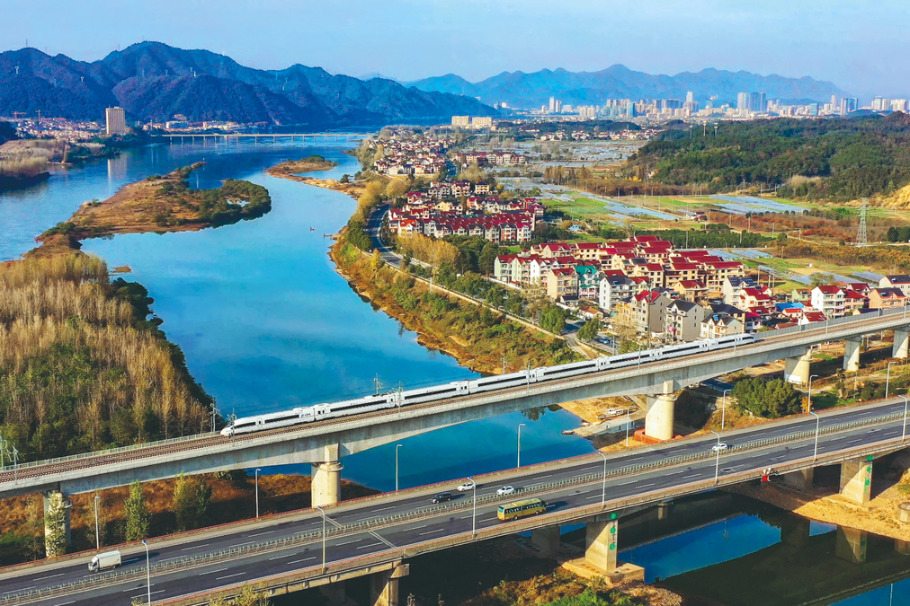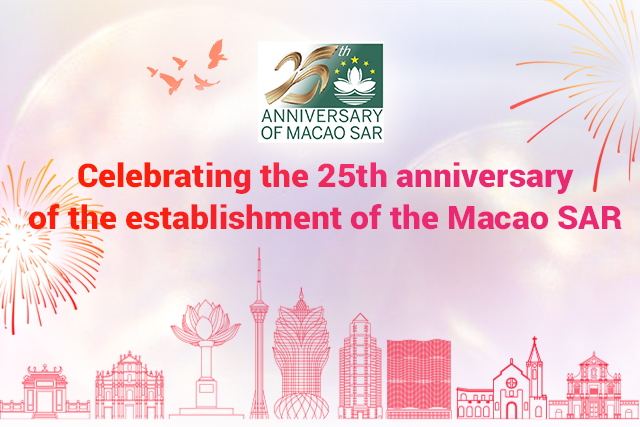Healthy aging related to healthy lifestyle
By Li Jia | China Daily | Updated: 2022-09-01 07:52

China is facing a rapidly rising aging population, with the number of people aged 60 or above likely to exceed 300 million, or about 20 percent of the total population, during the 14th Five-Year Plan (2021-25) period.
A country is considered an "aging society" if 7 to 14 percent of its total population is aged 65 or above, an "aged society" if 15 to 20 percent of its population is 65 or above and a "super-aged society" if 21 percent of its population is aged 65 or above.
The fact that by the end of 2021, China had more than 200 million people aged 65 or above, accounting for more than 14 percent of the total population, means the country is close to becoming an aged society. What's more, China's aging population will grow at an even faster rate since the "baby boomers", that is, those born between 1962 and 1976, started entering their 60s this year and the number of people aged 65 or above has been increasing at a relatively fast rate after 2018-at an annual average of about 10 million.
China's population aged 60 or above was 50 million in 1970, about 100 million in 1991 and 200 million in 2013, and it is likely to reach 300 million in 2025 and 400 million in 2033. The trend shows the country will become grayer with the number of people aged 60 or above projected to double every 20 years.
Although China is facing the daunting challenge of an aging population, there is no need to be overly pessimistic about the demographic changes. First, people aged between 60 and 69 years account for 55.83 percent of the total 60-plus-year-old population, 70 to 79 year-olds account for 30.61 percent, and people older than 80 comprise 13.56 percent, according to China's seventh national census in 2021.
Second, China will continue to enjoy the demographic dividends despite the projected decline in its working-age population after 2012. The country's working-age population, aged 16 to 59, is estimated to be more than 800 million before 2040. According to the census, it was 880 million in 2020.
Third, the government has stepped up efforts to address the challenges posed by a rapidly aging society. During the 13th Five-Year Plan (2016-20) period, the central authorities optimized related legal systems, improved the social insurance system and promoted quality eldercare services. China had 329,000 old age homes and other eldercare facilities with 8.21 million beds in 2020. And by the end of the 14th Five-Year Plan period, it will have more than 9 million beds for elderly people, with 55 percent of those being in eldercare institutions.
Besides, aging refers to the physiological changes people experience as they advance in age. The only worrying factor in aging is failing health and physical vitality.
According to the World Health Organization, 60 percent of the individual health and quality of life issues are related to lifestyle. Humans cannot stop aging, but they can help maintain good physical health while aging, and a healthy lifestyle can help them prevent and/or manage chronic diseases.
That's why, a key component of the "Healthy China 2030" blueprint, issued in 2016, is the promotion of a healthy lifestyle and physical fitness. It says maintaining good health is part of individual responsibility.
Moreover, the central leadership's aim is to build a "Healthy China" by 2035. And thanks to the "Healthy China" initiative, China has made remarkable progress on the health front. For example, the average life expectancy of the Chinese people increased to 77.93 years in 2020, with 37.2 percent of the population doing regular physical exercise.
Yet healthy aging means more than that. It means staying physically and mentally fit. As such, social adaptation, meaning the flexibility to adapt to the environment and its changes, is important for elderly people's health.
Healthy aging also means ensuring that most senior citizens stay healthy. That's why healthy aging stresses the importance of the social environment. An aging society requires the integration of health protection and socioeconomic and cultural development. Which means health education should be provided for people at each stage of their life, in order to control and prevent non-communicable diseases.
The 14th Five-Year Plan period is important for the government and society to address the challenges of population aging. More important, individuals and families should realize that healthy aging is related to a healthy lifestyle and maintaining good physical health.
The author is deputy head of the Aging Society Research Center at the Pangoal Institution.
The views don't necessarily represent those of China Daily.
























